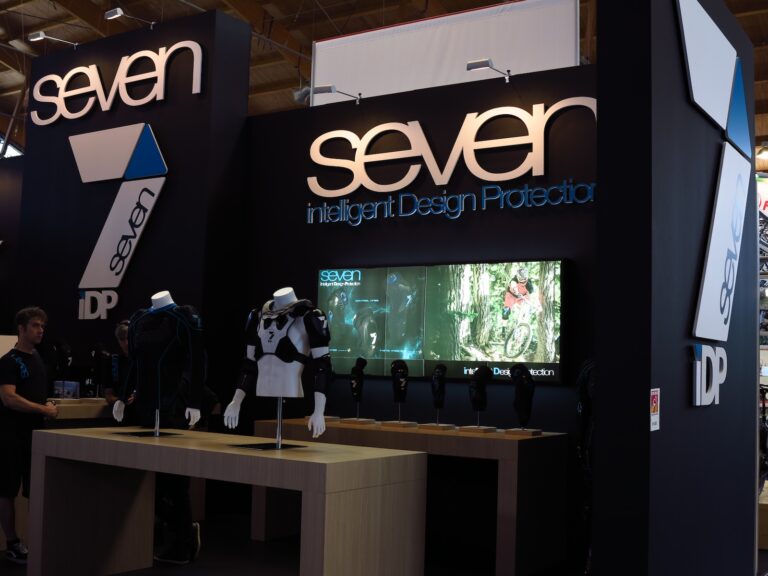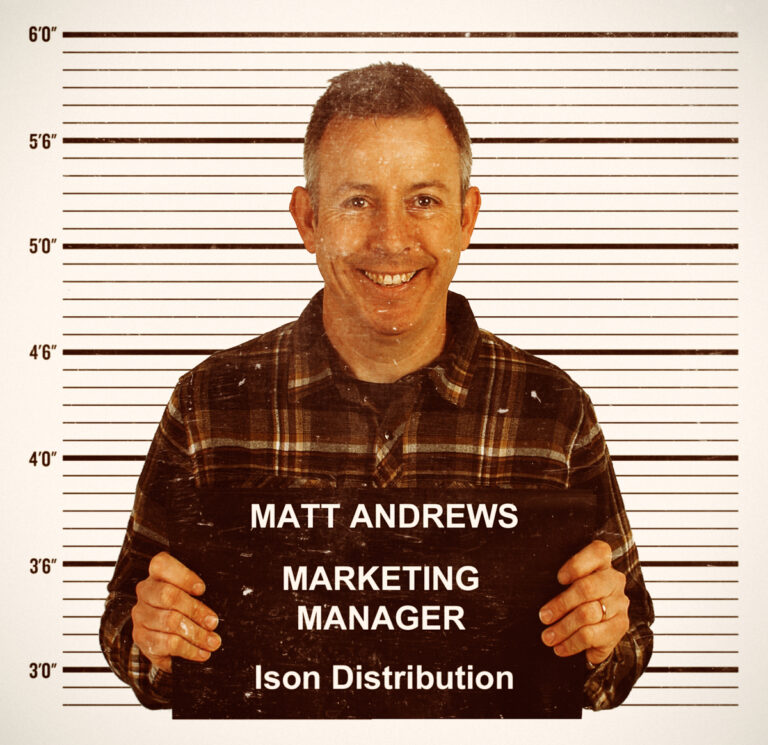 Things were heading in the right direction then. How did things progress from winning a single race and getting support from Kona?
Things were heading in the right direction then. How did things progress from winning a single race and getting support from Kona?
My first season was in 1999, still racing as a Youth on a national level. Another Belgian DH rider, who was down to race a season of European Cups crashed early in the year, so he couldn’t race a full season of European rounds. Belgium then needed another DH rider to represent them at the European Cups and despite still being a Youth, they picked me and entered me into the Junior classes. I ended up beating all of the other junior Belgian racers, and then got picked to start on the World Cup circuit.
Things started to get a little more serious when I was 18–19. I say serious, but really it was just a conscious decision to start training, along side my usual routine of just riding bikes, whether it be jumping or downhill. People started telling me I should train, so I did. Gym and road cycling then became part of my schedule, and it seemed to be working well on the racing front as I was getting on the podium regularly in Juniors. Companies started to show more interest, and before long I was sponsored by Sintesi by 2002, and then B–One when I jumped over to Elite. I had to keep pushing myself, which can be tough when you don’t have the long mountain descents around you. I knew I could handle my bike, and I knew I had the confidence to adapt to different World Cup tracks, but it took time, and a lot of crashes. I remember racing a WC back when I was a junior and I was riding a section thinking ‘whoa, I’m going flat out here, this is fast’. Rob Warner passed me at double the speed…
Do you think training’s an important aspect to becoming a professional cyclist?With out a doubt. If you want to be at the top you have to work hard and put the hours in, on and off the bike. I’ve always loved the simplicity of just riding my bike and having fun though. So whilst training is important to me, just getting out a riding the good stuff and pushing my limits, takes the top spot.
Downhill is so competitive these days. If you’re racing World Cups you really are a good rider, full stop. The fitness game helps get you the extra hundredths you need to be able to win a race. If you’re not winning, it’s good to be able to do stuff that helps push your boundaries. In my case, it’s going big.
You mentioned to me earlier, that Alex Rankin (Sprung and Earthed series of MTB films) was, in your eyes was a big helping hand for your career. How did the master of pans, zooms and musical taste help you out?I first met Alex when he came to Belgium to film for Sprung, we showed him around Belgium and I ended up having a section in Sprung, just by chance more than anything else. I was 16–17, so the opportunity to be in a film was pretty cool. Alex then got in touch a few years later again, and we filmed sections for Earthed 3 and 4. I’d appeared here and there with the odd shot in his previous films, but nothing that had me riding for more than a few clips. I love Alex’s style, it’s kinda’ raw and he manages to capture the excitement of riding bikes really well I think. People still come up to me now and say ‘your section in Earthed was really cool, man’. It’s nice to know that people remember that. Alex’s films are prestigious, and certainly stand the test of time, so it was a great thing to get involved with him.
You seem to have a reputation for being fairly handy with a spade as well as riding a bike. You’ve been the brains behind some pretty creations over the years; one that sticks in my head is the Norway Ridgeline Jumps. Is digging and building trails a big part of your cycling life?At the time we were all getting into riding our bikes, there was no big scene in this part of Belgium (Ghent). We saw videos and we had bikes, and wanted to build stuff. Basically, if you wanted to ride, you had to build, and so the ‘Graveyard Track’ was born…we found bones in that thing!
We’ve never really built ‘normal’ lines though. We’ve always tried to be creative, not simply to go against the grain, more to keep things interesting for us. Our dirt jumps near Ghent, are some of the most tech dirt jumps I’ve ever ridden. It took a group of professional BMXers three days to master them…that’s how we build stuff.
It’s easier to ride good stuff these days. There are obvious limitations when you’re younger that gets in the way of you riding good trails, such as the ability to drive places, school and so on. Even with the freedom to roam we have now, building new lines is important. It helps me keep pushing myself and I like a new project to work on. Myself and Kristoph still build a lot, and have now started our company ‘Ride Creations’.
 Tell us about Ride Creations.
Tell us about Ride Creations.
Ride Creations is a trail building company, which, like I said, is run by Kristoph and myself, with the odd helping hand here and there. We build trails people want, whether it’s a pump track or a downhill track, but we’ll always put our spin on it. There will always be a hidden ‘big’ line in there.
Really it’s a lifestyle move for us, it’s almost like reliving our youth…building and riding, building and riding. We’ve been building for so long together over the years, it’s nice to be able to shape dirt for other people. We’re not bothered about having a big bank account and a fancy office. We just want to create good trails for people and have time to ride our bikes still. We both enjoy building as much as riding, it’s therapeutic and it is always cool to try and build what you have scribbled down on paper from your thoughts.


